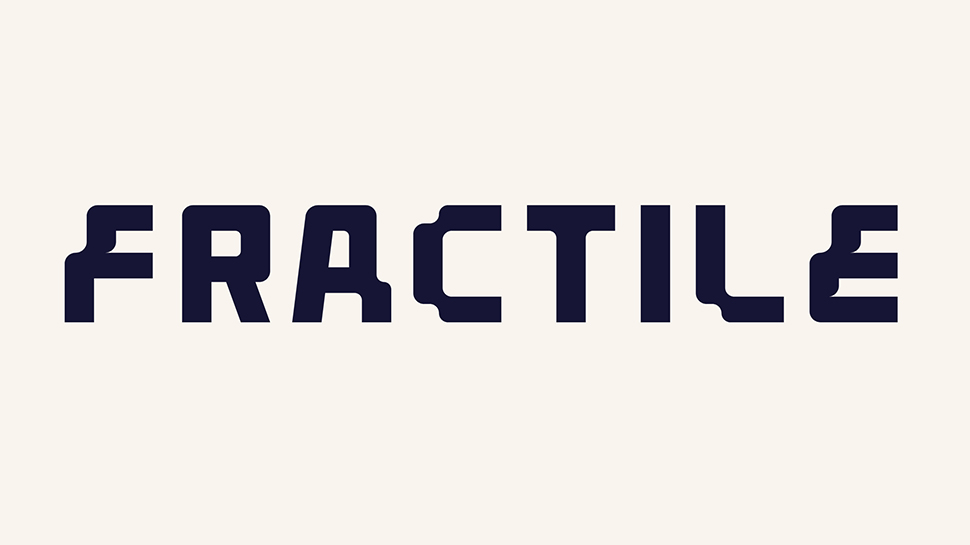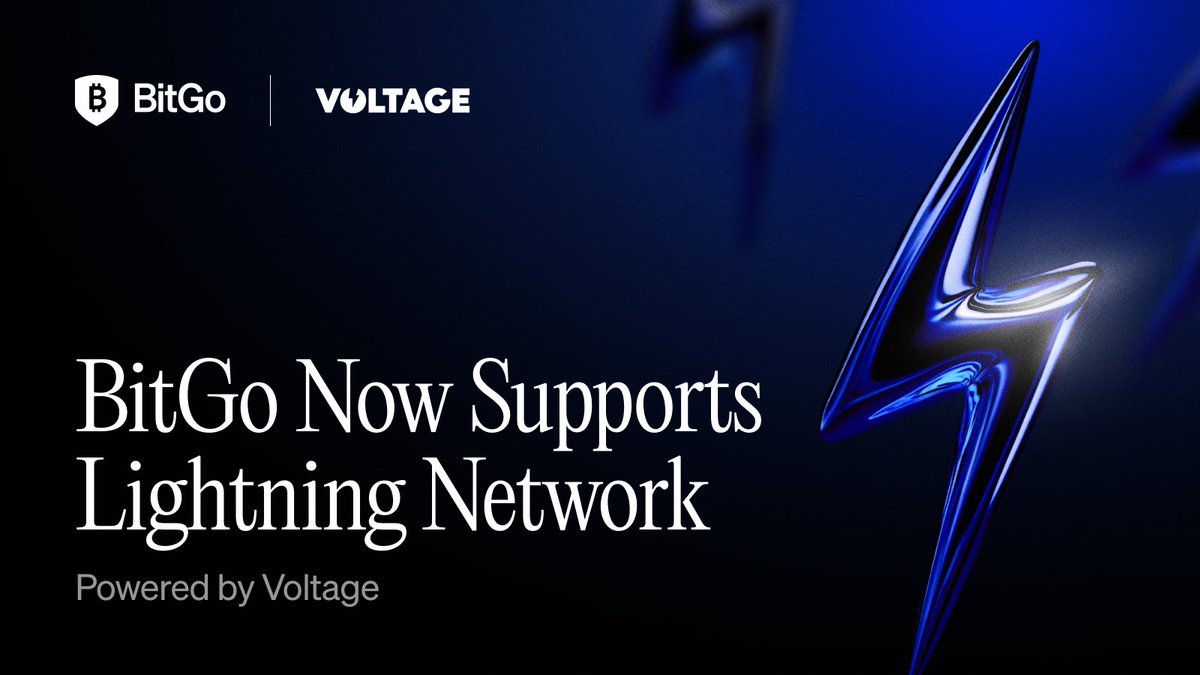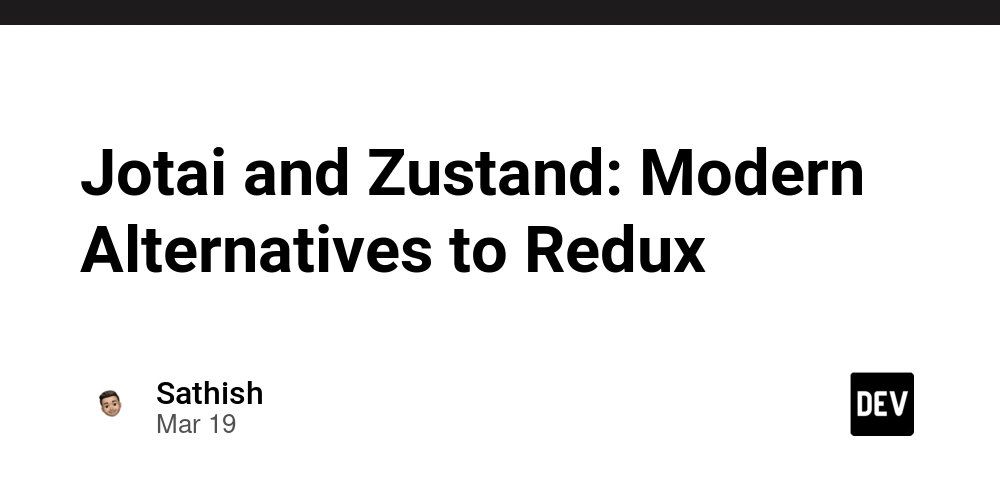Navigating Financial Stability in Open Source Projects: Innovative Strategies for Sustainable Funding
Abstract This post explores the financial landscape of open source projects and the key strategies required to ensure their long-term stability. By examining historical context, core funding mechanisms like dual licensing and sponsorship, and the role of emerging technologies such as blockchain and NFTs, we provide a comprehensive guide tailored for developers, project maintainers, and sponsors. The discussion covers challenges including funding variability and contributor burnout while exploring future trends in transparent budgeting and decentralized governance. Drawing insights from established guides and industry case studies, this article is crafted to empower the open source community with the knowledge needed to optimize sustainable revenue models in today’s competitive technological ecosystem. Introduction Open source projects have reshaped the way we innovate in the modern technology landscape. With projects spanning blockchain networks, NFT integrations, and core software tools, securing reliable funding is more crucial than ever. Financial stability not only keeps infrastructure healthy but also fuels community growth and crucial software development. This post dives deeply into how projects overcome financial challenges by leveraging innovative strategies ranging from traditional corporate sponsorships to cutting-edge blockchain-based funding systems. In today’s milieu, concepts such as sustainable funding for open source, dual licensing approaches, and open source sponsorship are indispensable. Through an integrated perspective, we will examine their evolution, practical applications, and prospects, ensuring that both developers and sponsors can navigate and support financial viability in the open source ecosystem. Background and Context Originally, many open source projects sprang from volunteer-driven communities with minimal monetary support. Early innovations emerged in academic and research settings where knowledge sharing was the primary goal. Over time, as the digital revolution soared and projects gained mainstream credibility, the need for robust financial models became apparent. Historically, open source projects relied on: Volunteer Contributions: Passion-driven work without formal financial backing. Informal Donations: Grassroots funding through individual contributions. Corporate Interest: As projects matured, large organizations began offering support, as seen with Mozilla’s blended sponsorship models. The landscape is evolving. In today’s environment: Transparent Operations are essential: Open budgeting practices and clear revenue distribution foster community trust. Diversified Funding Streams have become the norm: Projects now often include grants, direct community donations via platforms like Open Collective, corporate sponsorships, and dual licensing models. Blockchain Integration: Concepts such as tokenization and NFTs are creating a paradigm shift, enabling micropayments and decentralizing sponsorship through technologies that enhance transparency and security. With these developments, financial planning has moved from a supplementary aspect of development to a fundamental driver for innovation and sustainability. Core Concepts and Features Achieving financial stability in open source projects revolves around several key concepts: 1. Funding Mechanisms and Revenue Models Successful projects often leverage a multi-pronged funding approach. The most significant mechanisms include: Donations and Crowdfunding: Platforms like Patreon and Open Collective enable community-driven support. Corporate Sponsorship: Many businesses that rely on open source solutions contribute funds, offering not only financial support but also technical guidance and marketing prowess. Explore more about open source sponsorship. Grants and Foundations: Non-profit organizations such as the Apache Software Foundation support projects with grants. Dual Licensing: Maintaining both a free version for the community and a paid enterprise version provides a balanced revenue stream. Check out the dual licensing approach for more details. Merchandising and Content Monetization: Revenue can also stem from the sale of branded merchandise and specialized educational content. 2. Economic Models and Transparency Financial stability is reinforced by an economic model that prioritizes transparency: Open Budgeting: Sharing detailed budget breakdowns builds investor and community trust. Revenue Distribution: Clearly documenting sources and expenditures ensures stakeholders understand financial health. Sustainable Investments: Combining one-time grants with recurring sponsorships creates an ecosystem with predictable financial growth. Below is an illustrative table summarizing these funding models: Funding Mechanism Description Examples Donations/Crowdfunding Voluntary contributions from community members Patreon,
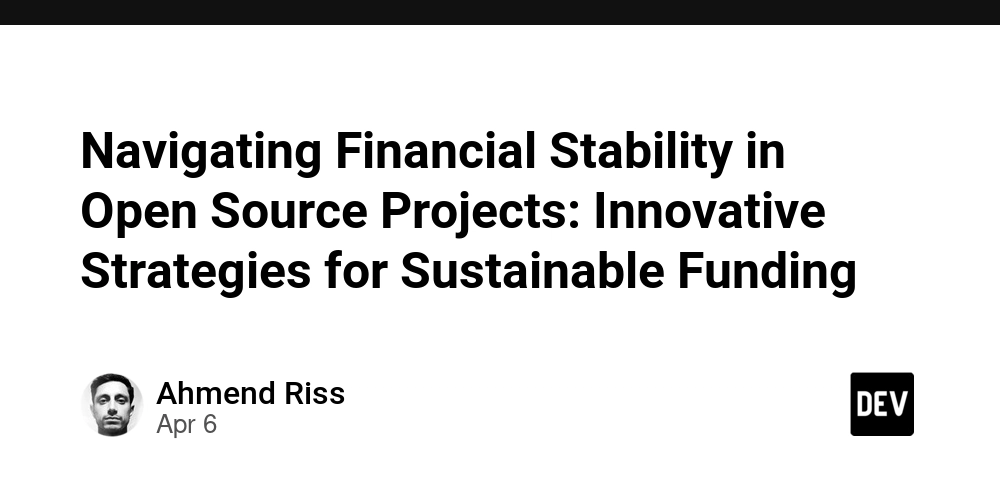
Abstract
This post explores the financial landscape of open source projects and the key strategies required to ensure their long-term stability. By examining historical context, core funding mechanisms like dual licensing and sponsorship, and the role of emerging technologies such as blockchain and NFTs, we provide a comprehensive guide tailored for developers, project maintainers, and sponsors. The discussion covers challenges including funding variability and contributor burnout while exploring future trends in transparent budgeting and decentralized governance. Drawing insights from established guides and industry case studies, this article is crafted to empower the open source community with the knowledge needed to optimize sustainable revenue models in today’s competitive technological ecosystem.
Introduction
Open source projects have reshaped the way we innovate in the modern technology landscape. With projects spanning blockchain networks, NFT integrations, and core software tools, securing reliable funding is more crucial than ever. Financial stability not only keeps infrastructure healthy but also fuels community growth and crucial software development. This post dives deeply into how projects overcome financial challenges by leveraging innovative strategies ranging from traditional corporate sponsorships to cutting-edge blockchain-based funding systems.
In today’s milieu, concepts such as sustainable funding for open source, dual licensing approaches, and open source sponsorship are indispensable. Through an integrated perspective, we will examine their evolution, practical applications, and prospects, ensuring that both developers and sponsors can navigate and support financial viability in the open source ecosystem.
Background and Context
Originally, many open source projects sprang from volunteer-driven communities with minimal monetary support. Early innovations emerged in academic and research settings where knowledge sharing was the primary goal. Over time, as the digital revolution soared and projects gained mainstream credibility, the need for robust financial models became apparent.
Historically, open source projects relied on:
- Volunteer Contributions: Passion-driven work without formal financial backing.
- Informal Donations: Grassroots funding through individual contributions.
- Corporate Interest: As projects matured, large organizations began offering support, as seen with Mozilla’s blended sponsorship models.
The landscape is evolving. In today’s environment:
- Transparent Operations are essential: Open budgeting practices and clear revenue distribution foster community trust.
- Diversified Funding Streams have become the norm: Projects now often include grants, direct community donations via platforms like Open Collective, corporate sponsorships, and dual licensing models.
- Blockchain Integration: Concepts such as tokenization and NFTs are creating a paradigm shift, enabling micropayments and decentralizing sponsorship through technologies that enhance transparency and security.
With these developments, financial planning has moved from a supplementary aspect of development to a fundamental driver for innovation and sustainability.
Core Concepts and Features
Achieving financial stability in open source projects revolves around several key concepts:
1. Funding Mechanisms and Revenue Models
Successful projects often leverage a multi-pronged funding approach. The most significant mechanisms include:
- Donations and Crowdfunding: Platforms like Patreon and Open Collective enable community-driven support.
- Corporate Sponsorship: Many businesses that rely on open source solutions contribute funds, offering not only financial support but also technical guidance and marketing prowess. Explore more about open source sponsorship.
- Grants and Foundations: Non-profit organizations such as the Apache Software Foundation support projects with grants.
- Dual Licensing: Maintaining both a free version for the community and a paid enterprise version provides a balanced revenue stream. Check out the dual licensing approach for more details.
- Merchandising and Content Monetization: Revenue can also stem from the sale of branded merchandise and specialized educational content.
2. Economic Models and Transparency
Financial stability is reinforced by an economic model that prioritizes transparency:
- Open Budgeting: Sharing detailed budget breakdowns builds investor and community trust.
- Revenue Distribution: Clearly documenting sources and expenditures ensures stakeholders understand financial health.
- Sustainable Investments: Combining one-time grants with recurring sponsorships creates an ecosystem with predictable financial growth.
Below is an illustrative table summarizing these funding models:
| Funding Mechanism | Description | Examples |
|---|---|---|
| Donations/Crowdfunding | Voluntary contributions from community members | Patreon, Open Collective |
| Corporate Sponsorship | Financial backing from companies benefiting from the project | GitHub Sponsors, direct corporate partnerships |
| Grants & Foundations | Support provided by non-profit organizations | Apache Software Foundation, various blockchain foundations |
| Dual Licensing | Offering both free and enterprise versions for revenue balance | MySQL, as detailed in the dual licensing approach |
| Merchandising | Revenue from branded merchandise and educational offerings | Branded goods, technical courses |
3. Blockchain and NFT Innovations
Emerging technologies have begun to redefine funding models:
- Tokenization: Embedding micropayment mechanisms via blockchain provides secure, traceable transactions.
- NFT-Based Sponsorship: Unique digital tokens offer backers benefits such as governance rights and exclusive access. This innovative approach is gaining traction for its dual capacity to boost community engagement and create flexible funding channels.
4. Community Governance and Digital Security
Long-term success requires robust governance and security frameworks:
- Decentralized Autonomous Organizations (DAOs): Many projects now delegate financial decisions through DAOs, ensuring democratized and transparent management.
- Digital Security: Incorporating advanced security protocols, often backed by blockchain, prevents fraud or misuse of funds. Resources like the Firefox data sharing privacy guide offer insights into maintaining robust security protocols.
- Regular Communication: Open dialogue with community stakeholders strengthens trust and ensures continued financial backing.
Applications and Use Cases
Practical applications and case studies illustrate how these models are implemented:
Example 1: Blockchain Infrastructure Projects
Major blockchain projects such as Ethereum and Hyperledger have successfully employed diversified funding strategies:
- Utilizing micropayment models and blockchain security to facilitate transparent transactions.
- Leveraging dual licensing to provide a free version for the community while supporting enterprise clients.
- Integrating DAO governance structures for collective decision-making.
Key features include:
- Transparent Governance
- Robust Security Protocols
- Community-Driven Funding
Example 2: NFT-Driven Open Source Communities
Open source projects intersecting with digital art are harnessing NFTs as an innovative source of funding:
- Sponsorships where backers receive NFT tokens that offer exclusive access and benefits.
- Rewarding active contributors with special NFTs, converting engagement into a tangible asset.
This strategy not only supports the project financially but also cultivates a vibrant, invested community.
Example 3: Privacy and Open Source Software Tools
Tools designed for user privacy, such as open source browsers, demonstrate the balance between free access and secure funding:
- Projects include robust security updates funded by corporate sponsorships or community donations.
- They benefit from open budgeting practices that reinforce trust with stakeholders.
For more detailed case studies, see the Firefox data sharing privacy initiative.
Implementation Overview (Bullet List)
Key steps to implement sustainable financial models include:
- Identify Diverse Funding Channels: Explore grants, sponsorships, crowdfunding, and dual licensing.
- Establish Transparent Financial Practices: Regularly share budget and expenditure reports.
- Implement Innovative Technologies: Embrace blockchain and NFT tokenization for secure transactions.
- Foster Community Governance: Use platforms like DAOs to involve the community in financial decisions.
- Continuously Communicate: Maintain open lines of dialogue with all stakeholders.
Challenges and Limitations
Despite the innovative strategies, several challenges remain in achieving financial stability:
1. Funding Variability
Open source projects often rely on inconsistent funds from donations or sporadic corporate sponsorships. Such variability may lead to:
- Disruptions in development and critical updates.
- Increased pressure on core contributors to secure alternative funding methods.
2. Contributor Burnout
Heavy reliance on volunteer work can result in:
- Overcommitment leading to burnout.
- A slowdown in project progress or even discontinuation if key developers are lost.
3. Operational and Technical Constraints
Limited budgets often hinder the adoption of advanced security tools and infrastructure upgrades:
- Infrastructure Costs: High maintenance fees for hosting and development tools.
- Security Investments: Regular audits and updates demand significant funds.
- Scaling Challenges: Financial constraints become more apparent as user bases grow.
4. Regulatory and Licensing Complexities
Navigating evolving global legal frameworks and ensuring compliance with licensing standards—especially for projects employing dual licensing—introduces additional complexity. More details can be found in the dual licensing approach.
5. Market Competition
As funding options multiply, open source projects must:
- Clearly articulate their value proposition.
- Continuously innovate to secure visibility and attract sponsors.
Below is a summary table of these challenges:
| Challenge | Impact | Mitigation Strategy |
|---|---|---|
| Funding Variability | Inconsistent revenue disruptions impacting development | Diversify funding channels; blend grants, sponsorships, and dual licensing |
| Contributor Burnout | Decreased productivity and risk loss of key talent | Implement remuneration strategies and tokenized sponsorships |
| Operational Constraints | Limited ability to upgrade infrastructure and maintain security | Adopt transparent budgeting and secure alternative funding routes |
| Regulatory Complexities | Complication in maintaining compliance and scaling | Engage legal experts and implement flexible licensing models |
| Market Competition | Risk of lower visibility and sponsor engagement | Strengthen marketing efforts and clearly communicate project value |
Future Outlook and Innovations
Looking ahead, several emerging trends may redefine the funding landscape of open source projects:
1. Growth in Blockchain and Tokenization
Blockchain technologies are expected to further enhance funding models. The benefits include:
- Micropayment Automation: Smart contracts can facilitate instant, automated payments.
- Enhanced Security: Blockchain-based transactions ensure transparent and immutable records.
Projects that integrate these advancements will benefit from decreased administrative overhead and consistent funding flows.
2. Expanded NFT Integration for Community Engagement
NFTs are projected to move beyond mere sponsorship tokens:
- Exclusive Access and Rewards: NFTs may come with unlockable content, early feature access, or voting rights.
- Liquidity and Revenue Streams: NFT-based models provide additional liquidity, allowing projects to tap into vibrant digital asset markets.
3. Advancements in Licensing and Economic Models
We anticipate further innovation in open source licenses:
- Verifiable Open Source Licenses: Integrating blockchain technology with licensing can ensure real-time compliance and facilitate revenue-sharing models.
- Dynamic Economic Models: Transparent, data-driven budgeting practices supported by advanced analytics will pave the way for more agile project management.
4. Collaborative Ecosystems and Enhanced Transparency
The future will likely bring deeper collaboration between public open source communities and private enterprises:
- Joint Initiatives: More projects will see partnerships with corporations that benefit mutually from transparent financial practices.
- Enhanced Data Analytics: Real-time budget and performance tracking will optimize financial planning and resource allocation.
Additional Perspectives from the Developer Community
Recent discussions on platforms such as Dev.to and Dev.to: Exploring Gitcoin Grants have highlighted the growing interest in how funding and licensing innovations are empowering developers. These insights underscore the necessity of continuous dialogue between community leaders, developers, and corporate stakeholders to shape the next generation of open source financial models.
Summary
Financial stability is the cornerstone of innovation in open source projects. From beginnings as volunteer-driven projects to the sophisticated funding structures present today, sustainable revenue models are essential. Through a mix of diversified funding, dual licensing, NFT and blockchain integrations, and robust governance practices, projects can navigate the challenges of market competition, operational constraints, and regulatory complexities.
By fostering transparency, leveraging emerging technologies, and engaging the community through decentralized governance, open source initiatives can secure the resources needed to thrive. These models not only support ongoing development and security enhancements but also open new pathways for creative financial collaboration.
In conclusion, whether you are a developer, sponsor, or community advocate, embracing these innovative funding strategies will propel the open source ecosystem forward. We encourage readers to explore further resources such as the sustainable funding for open source guide and seek deeper insights on licensing through the open source project financial models page.
References and Further Reading
For more detailed information on this topic, consider the following authoritative sources:
- Sustainable Funding for Open Source
- Dual Licensing Approach
- Open Source Sponsorship
- Firefox Data Sharing Privacy
- Open Source Project Financial Models
Additional insights from Dev.to posts:
- Unveiling a New Era in Open Source Licensing
- Exploring Gitcoin Grants: A Comprehensive Guide
- Open Source Developer Revenue Streams and Income Strategies
By combining historical trends with innovative funding mechanisms, this article aims to serve as a roadmap for achieving financial sustainability in the open source arena—where transparency, collaboration, and cutting-edge technology converge to drive the future of software development.






































































































































































![[The AI Show Episode 143]: ChatGPT Revenue Surge, New AGI Timelines, Amazon’s AI Agent, Claude for Education, Model Context Protocol & LLMs Pass the Turing Test](https://www.marketingaiinstitute.com/hubfs/ep%20143%20cover.png)



















































































































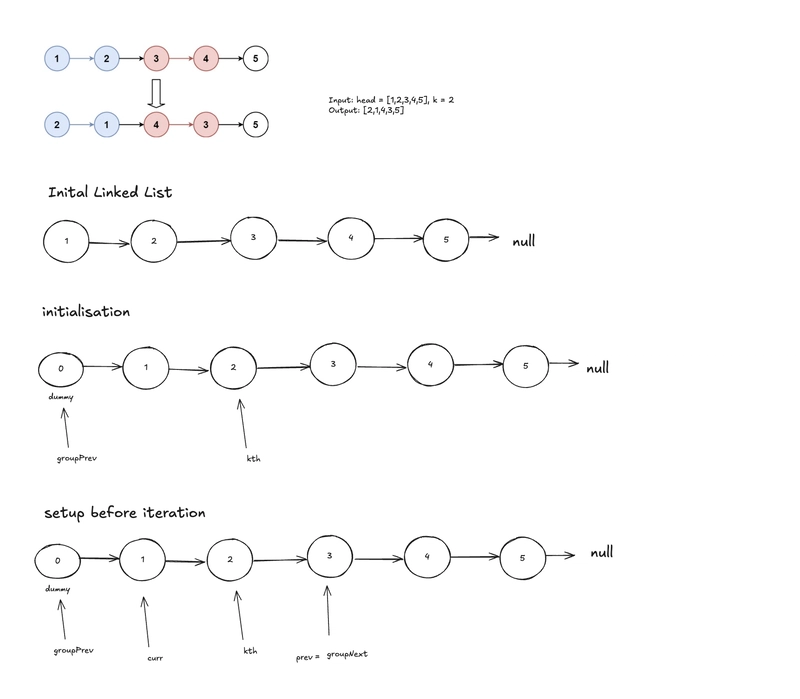
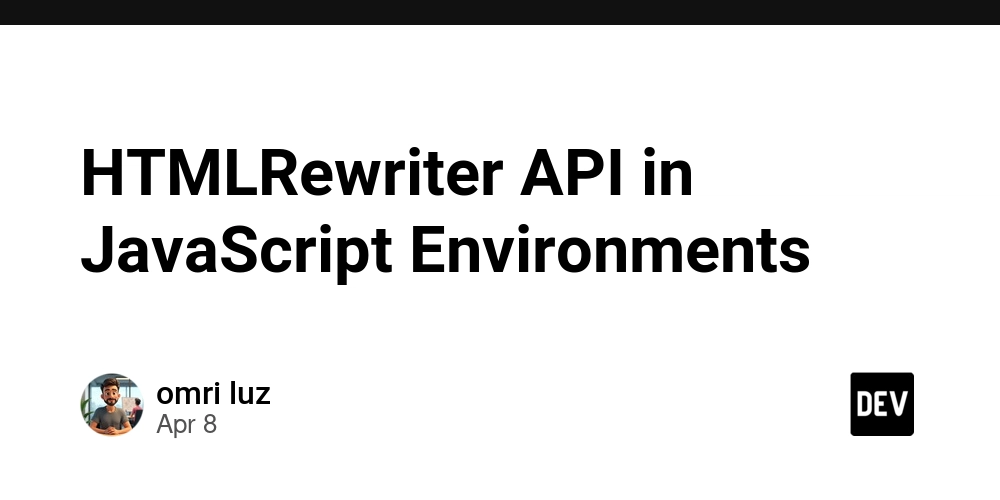













![From drop-out to software architect with Jason Lengstorf [Podcast #167]](https://cdn.hashnode.com/res/hashnode/image/upload/v1743796461357/f3d19cd7-e6f5-4d7c-8bfc-eb974bc8da68.png?#)










































































































.jpg?#)




























_ArtemisDiana_Alamy.jpg?#)



 (1).webp?#)













































































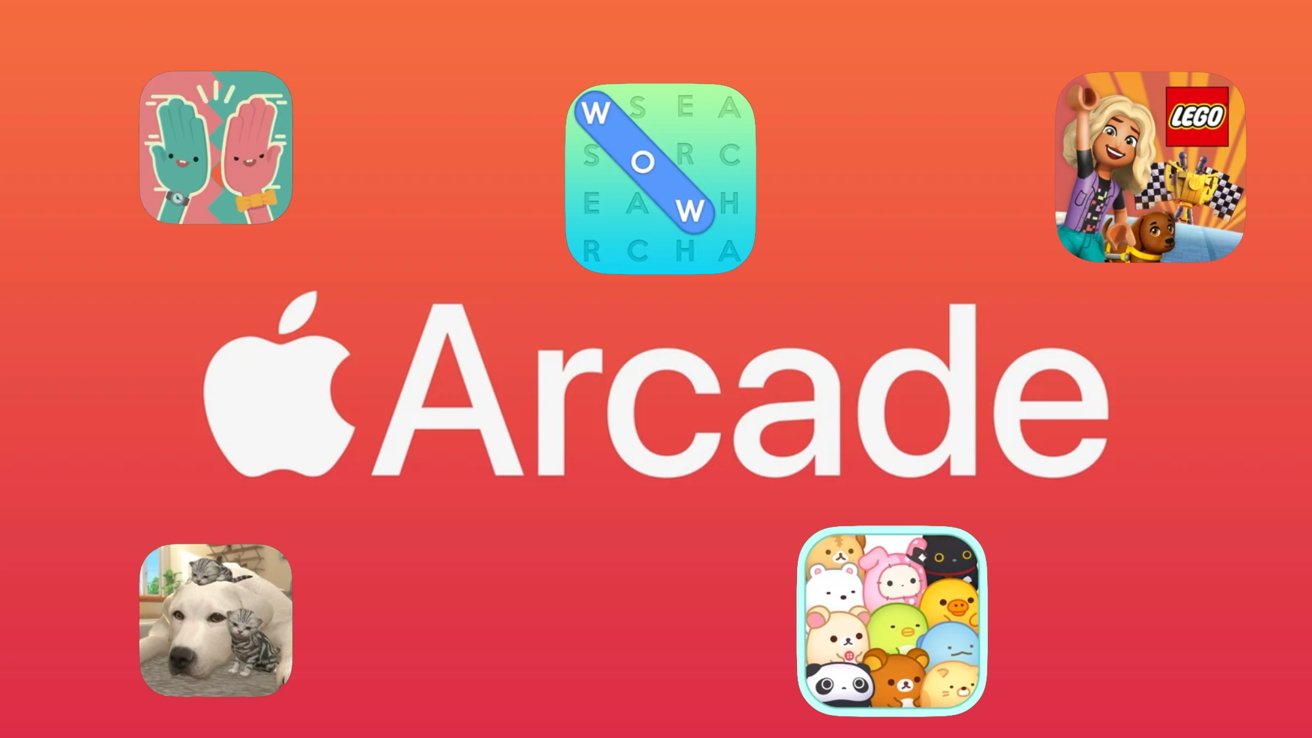










![Yes, the Gemini icon is now bigger and brighter on Android [U]](https://i0.wp.com/9to5google.com/wp-content/uploads/sites/4/2025/02/Gemini-on-Galaxy-S25.jpg?resize=1200%2C628&quality=82&strip=all&ssl=1)










![Apple Vision Pro 2 Allegedly in Production Ahead of 2025 Launch [Rumor]](https://www.iclarified.com/images/news/96965/96965/96965-640.jpg)


![New iOS 19 Leak Allegedly Reveals Updated Icons, Floating Tab Bar, More [Video]](https://www.iclarified.com/images/news/96958/96958/96958-640.jpg)

















